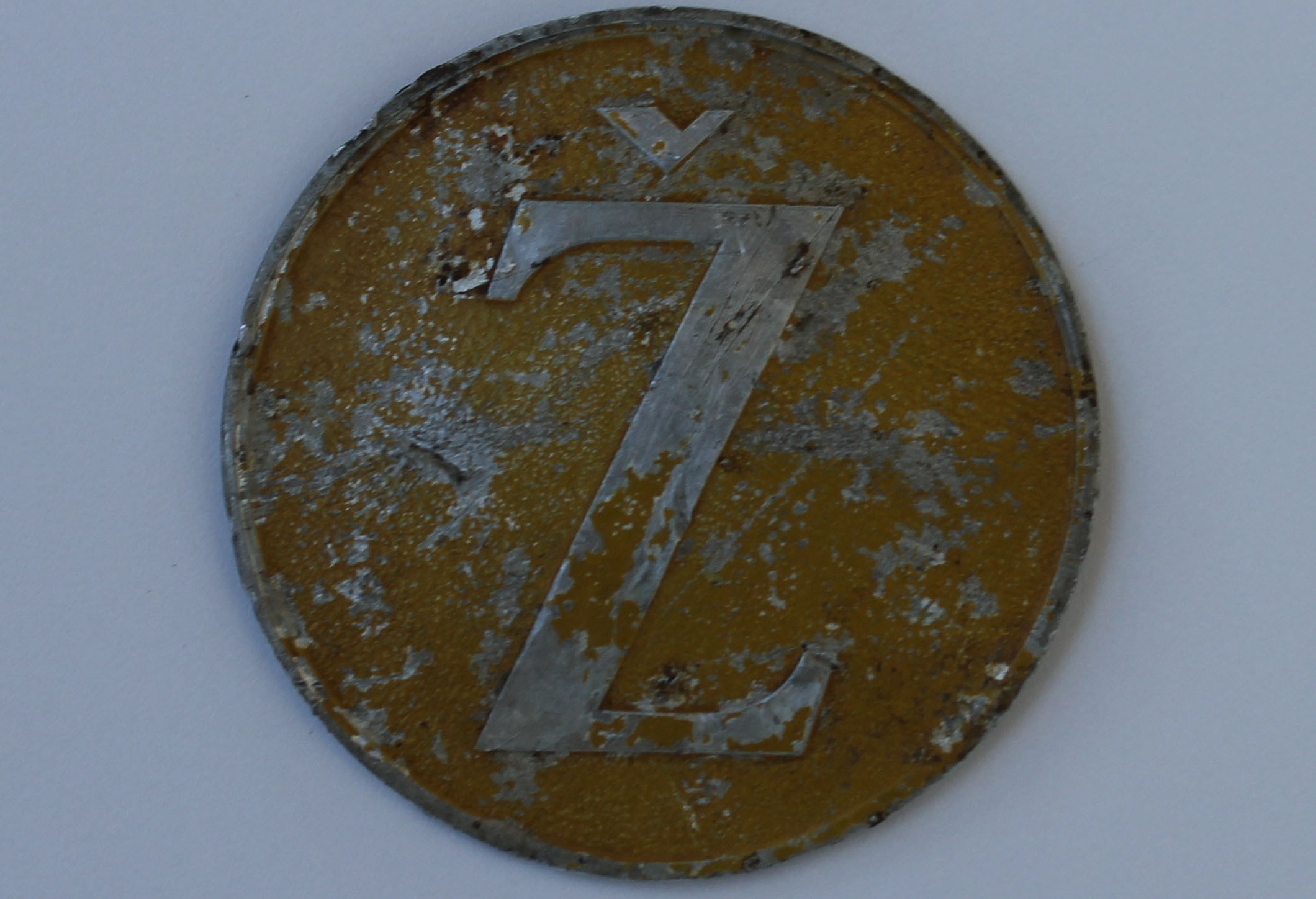The Ustasha policy towards Jews in the Independent State of Croatia completely adhered to the German “racial policy” and the German solution to “the Jewish question”. The first stage consisted of excommunication, the second of concentration, and the third of extermination.
The first stage began on 30 April 1941, when legislative acts were passed to exclude the Jewish population from public life and destroy it economically. Following in the example set by the Third Reich, racial laws based on the “Legal Decree on Racial Origin” were passed. This law differentiated between persons of “Aryan” and “non-Aryan” origin. The Political Commission on Race was also founded, for the purpose of determining racial origin and ruling on cases where there may have been uncertainty. On the same day, the “Legal Decree on the Protection of Aryan Blood and the Honor of the Croatian People”, which prohibited Jews and other “non-Aryans” from marrying persons of “Aryan” origin. The “Legal Provision on Citizenship” decreed that the “non-Aryans” were not citizens of the Independent State of Croatia, and therefore, were not entitled to any protection from the state. On 4 July, the “Legal Decree on the Protection of National and Aryan Culture of the Croatian People” was also passed, prohibiting Jewish people from any form of participation in the public, culture and sporting spheres. In addition to all of the above, Jewish people were also prohibited from patronizing cafés, cinemas, parks, and similar. Their right to freedom of movement was limited. Another measure aimed to collectively humiliate and dehumanize the Jewish people was the requirement that they clearly display visible insignia in public at all times.
The implementation of insignia was followed by a census of Jews, which created a basis for the second stage of their destruction – concentration. They were deported to the earliest camps – those were “concentration camps”. Following a brief stay in the concentration camps, they were deported to the earliest extermination camps in the territory of Gospić. The surviving Jews from the Gospić camo, along with the surviving Serbs from the same camp, were the first internees in the Jasenovac Concentration Camp n August 1941. Over the following months, numerous Jews from all parts of the Independent State of Croatia were shipped to the Jasenovac Concentration Camp.
Jewish people in the Jasenovac Concentration Camp fully shared the fate of the Serb internees. They were forced to build the barracks in the earliest Jasenovac camps, build levees to protect the camp from flooding, and engage in other forms of hard physical labor. They were beaten while they were working, and those who were exhausted were executed where they stood. In addition to the exhausting physical labor, the internees’ condition was made worse by hunger, thirst and various diseases.
Women and children were deported to the camps in Lobor, Gornja Rijeka and Đakovo. The Đakovo camp was shut down in the summer 1942, and around 3,000 women and children were taken to the Jasenovac Concentration Camp and killed.
In August 1942, the Ustasha authorities arrested around 5,000 Jews and transported them, per their agreement with the Third Reich authorities, to extermination camps in Eastern Europe. The following transport was organized in April and May 1943, when between 1,500 and 2,000 were deported to German extermination camps. Around 4,500 Jews tried to find salvation by escaping to the Italy-controlled territory of the Independent State of Croatia. The German authorities and the Independent State of Croatia authorities requested that the Jews be extradited to them, but the request was turned down. Under constant pressure from the Reich, the Italian authorities made the decision in late 1942 to imprison the Jews from the area under their control in camps on the Adriatic coast. In the spring of 1943, all Jews were taken to the Kampor camp on the island of Rab. Following the capitulation of Italy, the Partisans entered the Kampor camp. A large number of Jews joined the Partisan units, while the rest were taken to the free territory.
A small number of Jewish internees in the Jasenovac Concentration Camp lived to see the camp being shut down in April 1945. Out of a total of 169 internees who had survived the breakthrough of the last group of Jasenovac internees and the Ustasha retreat from the camp, 39 were Jews. Around 80% of pre-war Jewish community members from the territory of Croatia and Bosnia and Herzegovina were killed in the Holocaust in the Independent State of Croatia.
